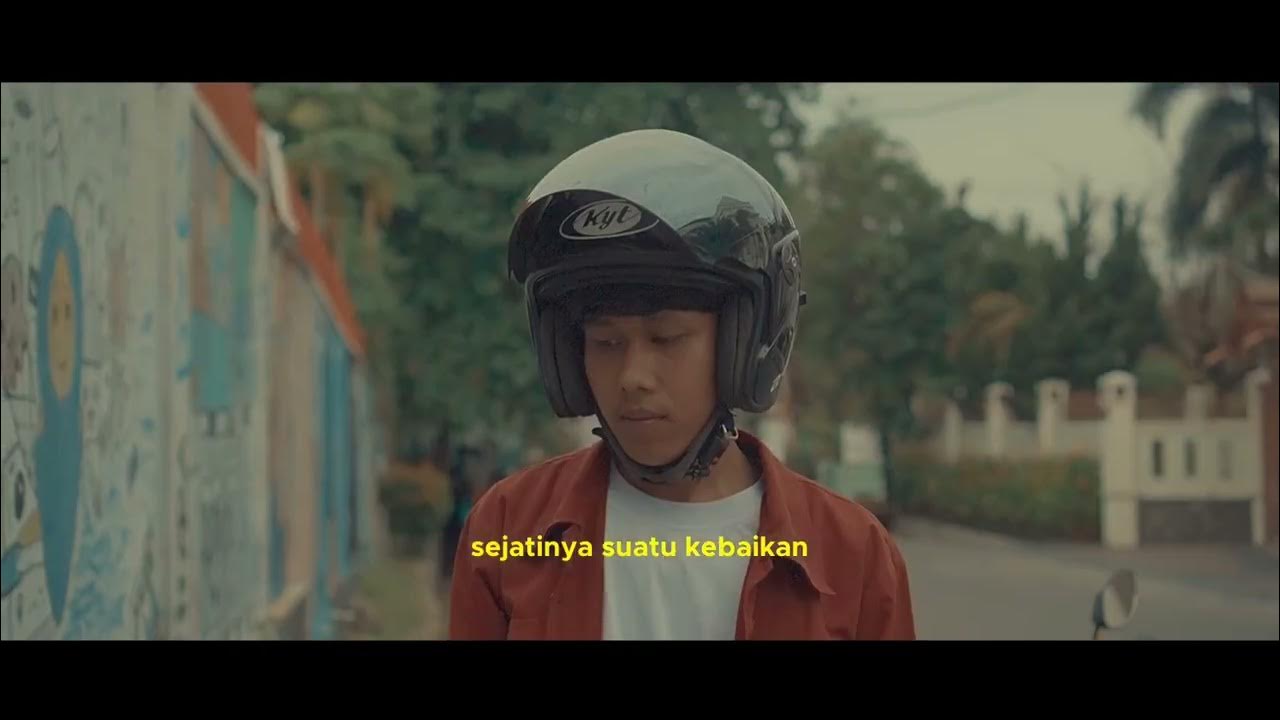How to eat yourself out of a water shortage | Anas Ghadouani | TEDxPerth
Summary
TLDRThis talk highlights the importance of understanding water's role in our lives, not only as a resource for drinking but also in food production. The speaker introduces the concept of 'water literacy,' showing that most people lack basic knowledge about water sources and usage. A significant portion of the world’s water is used for food production, and much of it is wasted, especially in producing items like beef and chocolate. The speaker emphasizes reducing waste and making mindful food choices to combat water scarcity and environmental challenges.
Takeaways
- 💧 Water is essential for life and a fundamental part of human interaction and happiness.
- 📉 Only 10-20% of people have a primary-level understanding of water, with water literacy being low worldwide.
- 🌍 There are 1.4 billion cubic kilometers of water on Earth, but only 1% of it is usable for human needs.
- 🇨🇦 Canada holds 20% of the world's fresh water, emphasizing the global imbalance in water distribution.
- 🍽 The majority of accessible fresh water is used in food production, specifically 70% of it.
- 🚿 Reducing water usage in daily habits, like shorter showers, has a minor impact compared to the water used in food production.
- 🥩 Beef and chocolate have extremely high water footprints, with chocolate requiring up to 24,000 liters of water per kilogram.
- 🍏 Every day, an individual consumes around 3,500 liters of water through their food, far more than what they drink.
- 🚯 One-third of all food produced is wasted, leading to massive water waste, especially in fruits, vegetables, and meat.
- 🍽 The most significant impact individuals can have is by making conscious choices about what they put on their dinner plates and reducing food waste.
Q & A
What is the speaker's main point about water in relation to society?
-The speaker emphasizes that water is essential and a fundamental part of society, both practically and emotionally. It is something that brings happiness and is genetically ingrained in humans, even as early as childhood.
What does the speaker mean by 'water literacy'?
-Water literacy refers to people's understanding of where water comes from, how it is delivered, what happens to it after use, and how much of it is accessible. The speaker mentions that researchers can test this knowledge through a series of questions.
What statistic does the speaker provide about water literacy in Australia?
-The speaker states that only about 10-20% of Australians have primary-level knowledge of water, with the lowest being 10% in Victoria and the highest at 20% in Queensland.
Is the world running out of water, according to the speaker?
-No, the speaker clarifies that the total amount of water on Earth, 1.4 billion cubic kilometers, has remained constant since the beginning of time. However, only a small percentage of that water is accessible and usable.
What percentage of the world's water is available for human use?
-Only 1% of the Earth's water is accessible for human use, as 97% is in the oceans and most of the remaining freshwater is either frozen or falls at the wrong time or place.
How does food production relate to water use?
-The speaker explains that most of the water humans use is tied to food production, which accounts for about 70% of water consumption. Reducing individual water usage (e.g., shorter showers) has a smaller impact compared to food-related water use.
What is a 'water footprint'?
-A water footprint is the amount of water used to produce the food or goods a person consumes. Every item on a dinner plate has a water footprint, meaning it took a certain amount of water to produce.
Why does chocolate have such a large water footprint?
-Chocolate has a significant water footprint, around 24,000 liters per kilogram, because its production involves water-intensive processes, particularly in the cocoa butter component.
What percentage of food produced globally goes to waste?
-About one-third of the food produced globally is wasted. This amounts to 1.3 billion tons of food, with vegetables accounting for 45% of that waste.
How can individuals help solve the water and food waste problem?
-Individuals can make a difference by being mindful of their food choices and reducing waste. By considering the water footprint of their food and treating their meals with care, they can help address the global issue of water usage and food waste.
Outlines

Этот раздел доступен только подписчикам платных тарифов. Пожалуйста, перейдите на платный тариф для доступа.
Перейти на платный тарифMindmap

Этот раздел доступен только подписчикам платных тарифов. Пожалуйста, перейдите на платный тариф для доступа.
Перейти на платный тарифKeywords

Этот раздел доступен только подписчикам платных тарифов. Пожалуйста, перейдите на платный тариф для доступа.
Перейти на платный тарифHighlights

Этот раздел доступен только подписчикам платных тарифов. Пожалуйста, перейдите на платный тариф для доступа.
Перейти на платный тарифTranscripts

Этот раздел доступен только подписчикам платных тарифов. Пожалуйста, перейдите на платный тариф для доступа.
Перейти на платный тарифПосмотреть больше похожих видео

Prof. Dr. Raditya Sukmana , SE., MA - " Konsumsi dalam Islam "

BrightFarms -- a produce supply chain revolution: Paul Lightfoot at TEDxManhattan

James Fowler: Power of Networks

Iklan Layanan Masyarakat - Memanusiakan Manusia

WHAT IS THE HYDROSPHERE? | Educational Videos for Kids

Un sistema alimentario para sanar el planeta
5.0 / 5 (0 votes)
